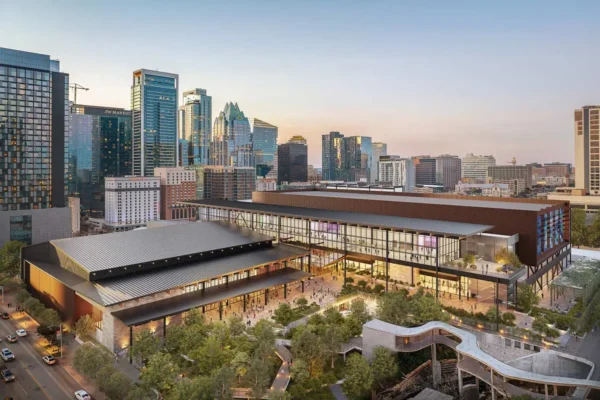by Lesley Martin
How will technology change the tradeshow experience trends in 2019? Rather than monumental shifts in new technology, we are witnessing advancements that continue to enhance the show floor experience.
Deeper Views into Data
In the past, information was primarily provided to attendees through printed materials. Not only did that create a lot of waste, it was also limiting in the way data could be presented. Today, technology has made data much more accessible and creative. Organizers and exhibitors are harnessing technology for efficient and innovative ways to organize, present and deliver data at tradeshows.
Exhibitors can now present their brands, products and places as experiences using augmented and virtual realities. That technology can be especially important to companies who want to show something not easily shown on the tradeshow floor. For example, AR can be used to show the inner workings of a mechanical product, or a suite of products not present on the show floor. Or, VR can take the attendees to a distant place, such as a factory, office or travel destination.
This past year saw incredible advancements in conversational robots that act like personal assistants. That has made information readily accessible through chatbots, virtual assistants and apps. The venue map, Wi-Fi password, event line-ups and more are readily accessible at their fingertips. That creates a smoother experience, less waste, interaction and opportunities for data gathering, which should lead to seeing these technologies become more prevalent and expected at tradeshows.
Tracking & Enhancing the Attendee’s Journey
Capturing performance data for tradeshows was notoriously difficult to accurately and reliably measure. Now, organizers and exhibitors can add numbers to “tradeshow buzz” with RFID, beacons, drones and other technologies. From overhead readers to floor mats, RFID technology allows organizers to unobtrusively track traffic and the attendee journey. Drones have aerial cameras that can monitor the space and traffic flows. That gives organizers real-time data to track activities and patterns for in-depth analytics like never before. They are using the data to understand attendee behavior, such as heatmaps of tradeshow floor traffic, dwell times and session attendance.
Enhanced Security & Privacy
With shootings and terrorist attacks on the rise, security in public places is top of mind for many conference attendees. Drones and facial recognition technology enhance security at events like tradeshows. For example, aerial drones can operate as mobile security cameras by sending footage back to monitors watched by event staff where they can keep an eye out for suspicious or dangerous activity. When a problem is detected, the drone can “target” and follow it, and can even release a warning signal.
For secure check-in, facial recognition is being used to identify and verify a person from a picture. It can also be linked to other biometrics such as a fingerprint. While this technology is improving, data privacy is being debated. If the used device or system is hacked, facial data can potentially be accessed by third parties and security would be compromised.
That’s what makes blockchain so different. Blockchain technology verifies identity and tracks transactions while simultaneously protecting privacy of the user. For a tradeshow, a single blockchain could trace an attendee from issuing of ticket, to verification at the event, to attendance of multiple events. The use of a single blockchain would enhance security and speed check-in process from event to event. At the same time, attendees can choose what information they want released. Blockchain could significantly disrupt the tradeshow industry, but because of its decentralization, it would need broad support by the industry and agreed-upon to succeed. That makes it one to watch.
AR, VR, drones, facial recognition and other technologies are not new. However, their function is improving and the cost of hardware and production is decreasing. Therefore, we will most likely see them increase scale, prevalence and adoption in the tradeshow and corporate event industry.































